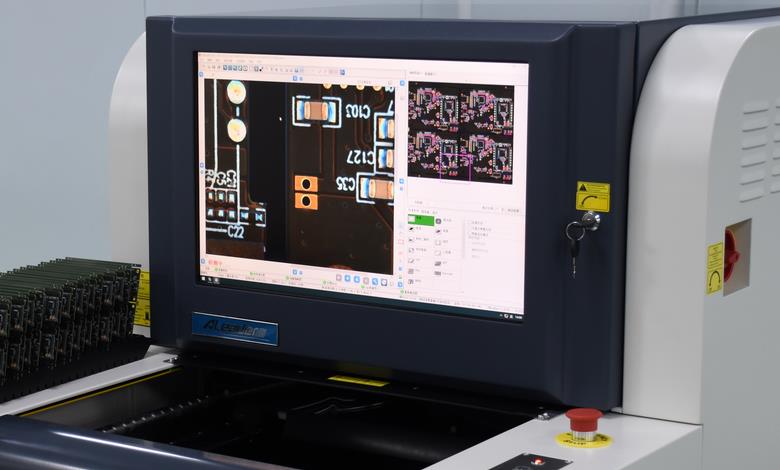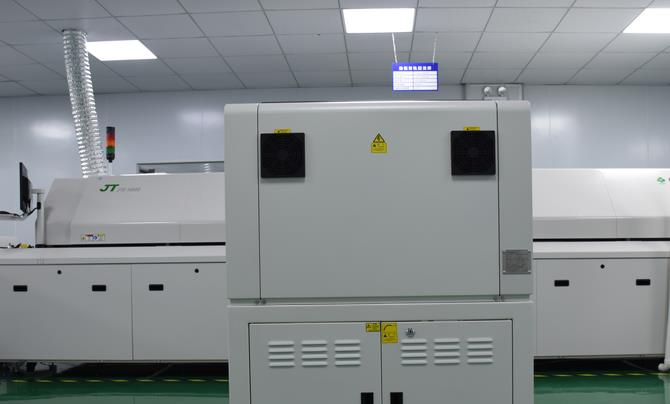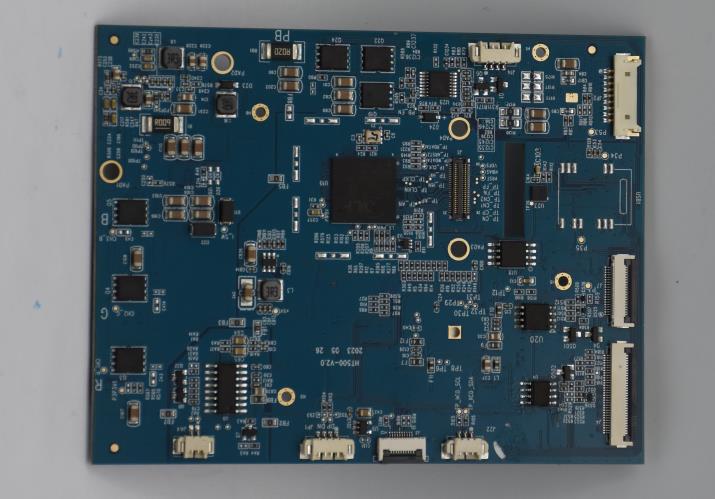Why is multilayer ceramic PCB harder to build?
Multilayer ceramic PCB is harder to build due to several key factors:
Material Properties and Processing Requirements:
Ceramic materials, such as alumina (Al2O3), nitride aluminum (AlN), and silicon carbide (SiC), possess unique properties that make them challenging to process. Their high hardness, low thermal expansion coefficients, and high melting points require specialized manufacturing techniques.
Layer Stacking and Alignment:
Achieving precise layer stacking and alignment is crucial for multilayer ceramic PCBs. The layers must be precisely aligned to ensure proper electrical connections and avoid defects. This requires advanced equipment and tight process controls.
Drilling and Via Formation:
Forming vias (holes that connect different layers) in ceramic materials is more difficult than in traditional organic PCBs. Ceramics are harder and less flexible, requiring specialized drilling and plating techniques to create high-quality vias.
Sintering and Co-firing:
Multilayer ceramic PCBs often undergo sintering or co-firing processes to bond the layers together. These processes require precise temperature control and can be complex, especially when dealing with multiple layers and different materials.
High Precision Manufacturing:
The manufacturing of multilayer ceramic PCBs demands high precision, especially in terms of circuit patterning, layer thickness control, and overall dimensional accuracy. This requires advanced lithography, etching, and deposition techniques.
Cost and Complexity:
The complexity and specialized nature of multilayer ceramic PCB manufacturing drive up costs. The materials, equipment, and processes involved are often more expensive than those used for traditional PCBs.
The inherent properties of ceramic materials, the need for precise layer stacking and alignment, the challenges associated with drilling and via formation, the requirements of sintering and co-firing processes, the demand for high precision manufacturing, and the resulting costs and complexity all contribute to making multilayer ceramic PCB harder to build. Despite these challenges, ceramic PCBs offer significant advantages in terms of thermal conductivity, electrical performance, mechanical strength, and durability, making them ideal for high-performance and demanding applications.
Tags: PCB /Multilayer_ceramic_PCB /
Prev: What does PCB embedded component design mean?
Next: What are the Benefits of Using Ceramic Multilayer PCB?









